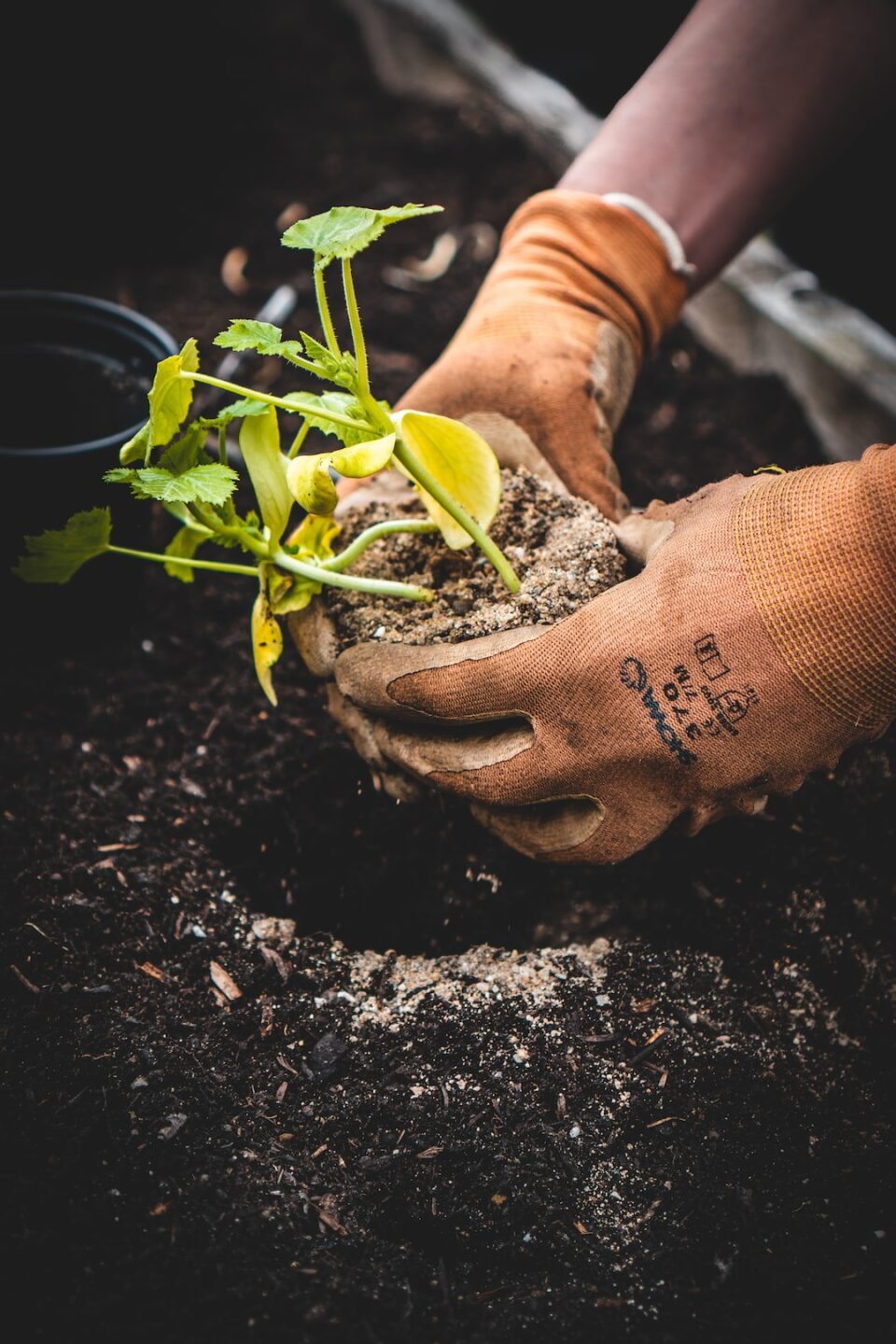A beautiful and well-maintained lawn can greatly enhance the overall appearance of your home. Not only does it create a welcoming and inviting atmosphere, but it also adds value to your property. However, achieving and maintaining a healthy lawn requires dedication, effort, and a bit of knowledge. In this blog post, we will provide you with some valuable lawn care tips to help you transform your yard into a lush and beautiful oasis.
1. Regular Mowing: One of the fundamental aspects of maintaining a healthy lawn is regular mowing. Keep your grass at an ideal height of around two to three inches. Avoid cutting it too short as this can weaken the grass and make it more susceptible to diseases and weeds. Additionally, make sure to use a sharp mower blade to ensure a clean cut and avoid damaging the grass.
2. Proper Watering: Adequate watering is crucial for a healthy lawn. Over-watering can cause shallow roots and promote the growth of weeds, while under-watering can lead to dry patches and a discolored lawn. Water your lawn deeply and infrequently, typically about one inch of water per week. Watering in the early morning or late evening helps minimize evaporation, allowing the grass to absorb the moisture effectively.
3. Soil Testing and Fertilization: Conduct a soil test to determine its nutrient levels and pH balance. This will help you identify any deficiencies and select the appropriate fertilizer for your lawn. Apply a balanced fertilizer, rich in nitrogen, phosphorus, and potassium, to provide essential nutrients for healthy growth. Additionally, consider using organic fertilizers which help improve soil structure and promote long-term sustainability.
4. Weed Control: Weeds not only ruin the visual appeal of your lawn but also compete for nutrients, water, and sunlight with your grass. Regularly inspect your lawn for weeds and promptly take action to eliminate them. Use a pre-emergent herbicide to prevent weed seeds from germinating, and apply a selective herbicide to target existing weeds. However, be cautious while using herbicides, as excessive use can harm your grass.
5. Aeration: As time goes on, the soil beneath your lawn can become compacted, preventing oxygen and nutrients from reaching the grassroots. Aerating your lawn once or twice a year can help alleviate compaction and stimulate healthy root growth. This process involves creating small holes in the soil to provide better air circulation and promote water absorption.
6. Overseeding: Regularly overseeding your lawn is an effective way to maintain its health and density. Over time, grass can die off or become thin due to various factors like pests, disease, or heavy foot traffic. By overseeding, you introduce new grass seed into existing turf, filling in any bare patches and promoting a denser and healthier lawn.
7. Proper Pest Control: Pests, such as grubs and insects, can cause significant damage to your lawn if left unaddressed. Periodically inspect your lawn for signs of pest infestation, including brown patches, chewed leaves, or excessive weed growth. Utilize appropriate pest control methods, such as applying insecticides or using natural alternatives like companion planting or introducing beneficial insects, to keep pests at bay.
8. Regular Maintenance: In addition to these essential lawn care tips, regular maintenance is crucial to keep your lawn in top condition. This includes raking leaves, removing debris, and dethatching when necessary. Regularly check for any signs of diseases or abnormalities, and address them promptly. Finally, avoid heavy foot traffic when the grass is wet, as it can compact the soil and damage the grass.
By following these lawn care tips, you can transform your yard into a lush and healthy oasis that enhances the beauty of your home. Remember, consistency is key. Regularly invest time and effort into maintaining your lawn, and you will be rewarded with a vibrant, green carpet that you can be proud of.

